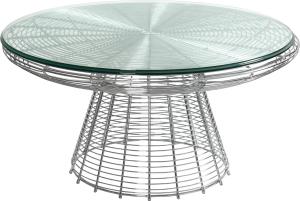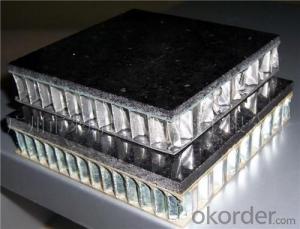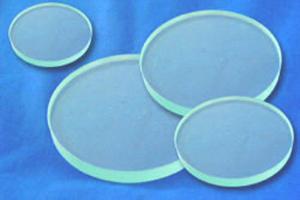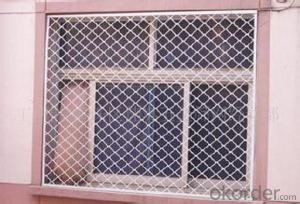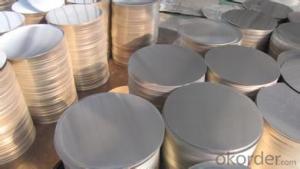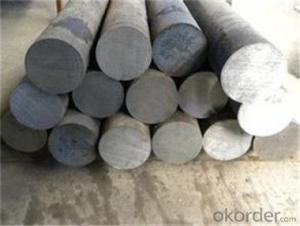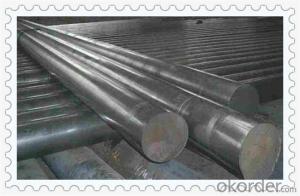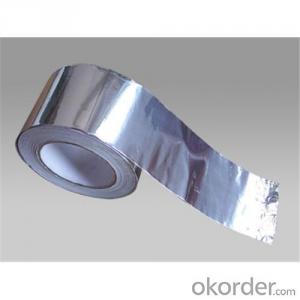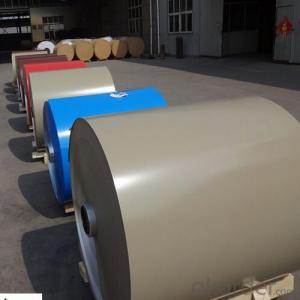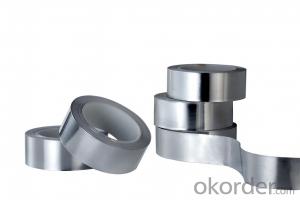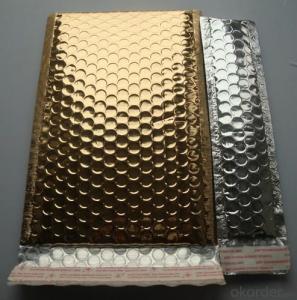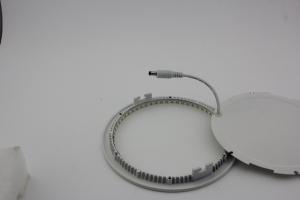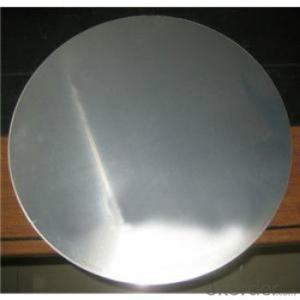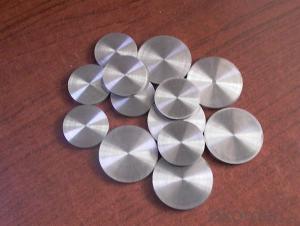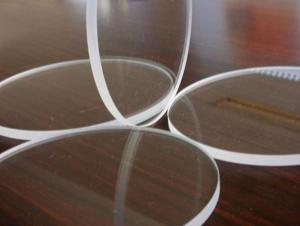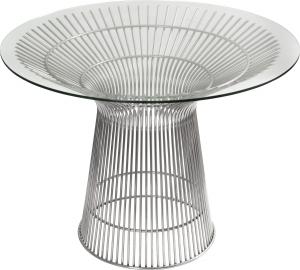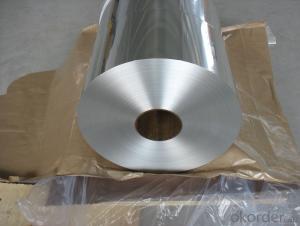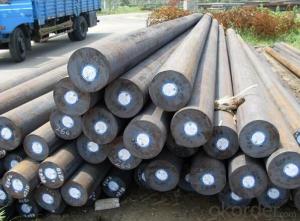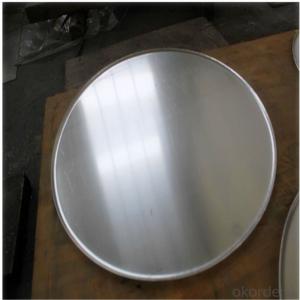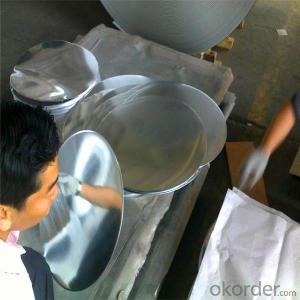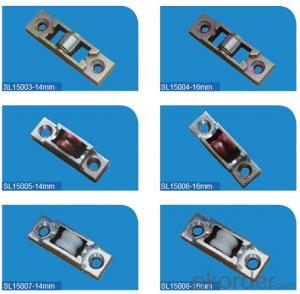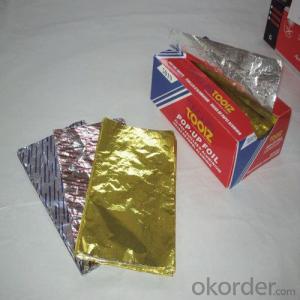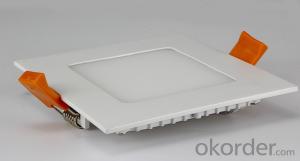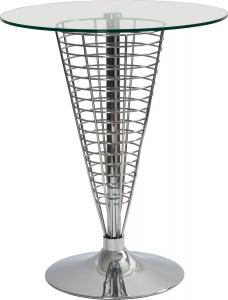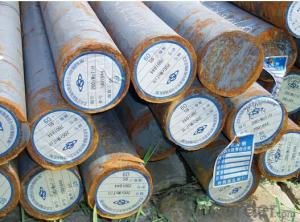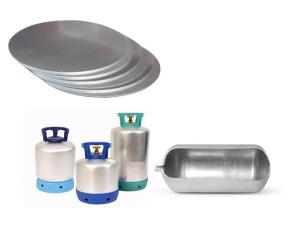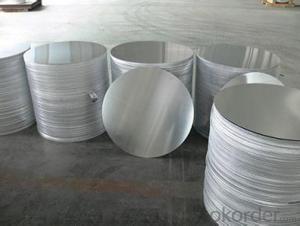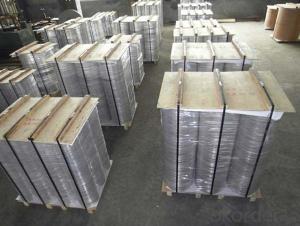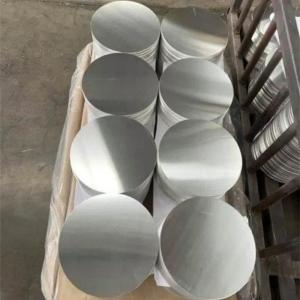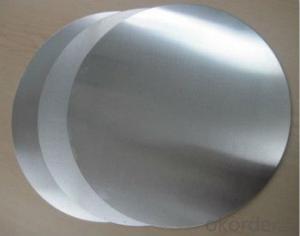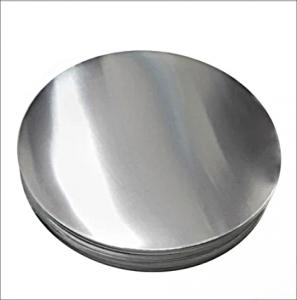12 Round Aluminum Plate
12 Round Aluminum Plate Related Searches
12mm Aluminum Plate 12x12 Aluminum Plate 12 X 12 Aluminum Plate Aluminum Round Plate 12 X 12 X 1/4 Aluminum Plate 12 X 12 X 1 4 Aluminum Plate 6 Inch Round Aluminum Plate 12 X 12 X 1/8 Aluminum Plate 1 16 Aluminum Plate 12x24 Diamond Plate Aluminum 1 2 Aluminum Plate 5 16 Aluminum Plate 2 Aluminum Plate 1 2 Thick Aluminum Plate 1 Aluminum Plate 16 X 16 Aluminum Plate 1 2 Inch Aluminum Plate 125 Aluminum Plate Rolled Aluminum Plate 3 16 Aluminum Plate 1 16 Aluminum Diamond Plate 6 Aluminum Plate Aluminum 1/2 Plate 1/2 Thick Aluminum Plate 15mm Aluminum Plate 3 16 Inch Aluminum Plate 11 Gauge Aluminum Plate 1 2 Aluminum Diamond Plate 1 8 Aluminum Plate 2 Thick Aluminum Plate12 Round Aluminum Plate Supplier & Manufacturer from China
The 12 Round Aluminum Plate is a versatile product made from high-quality aluminum, designed for various applications. This plate is known for its durability, corrosion resistance, and lightweight properties, making it an ideal choice for a wide range of industries. The 12 Round Aluminum Plate can be utilized in construction, automotive, aerospace, and other sectors where strength and lightweight materials are essential. Its circular shape and aluminum composition provide a unique combination of features that cater to specific needs in different usage scenarios.The 12 Round Aluminum Plate is widely used in various applications, such as in the manufacturing of parts for vehicles, aircraft components, and architectural structures. Its lightweight nature allows for reduced energy consumption and improved fuel efficiency in vehicles, while its strength and corrosion resistance make it suitable for long-lasting construction materials. The 12 Round Aluminum Plate can also be found in various consumer products, such as electronic devices and household appliances, where its properties contribute to enhanced performance and durability.
Okorder.com is a reputable wholesale supplier of the 12 Round Aluminum Plate, boasting a large inventory to cater to the demands of various industries. As a leading platform for sourcing quality products, Okorder.com ensures that customers receive the best possible prices and reliable service. With a commitment to customer satisfaction, Okorder.com offers a comprehensive selection of 12 Round Aluminum Plates, catering to the specific requirements of each client. By partnering with Okorder.com, businesses can access a vast array of 12 Round Aluminum Plate options, ensuring that they find the perfect product for their needs.
Hot Products

